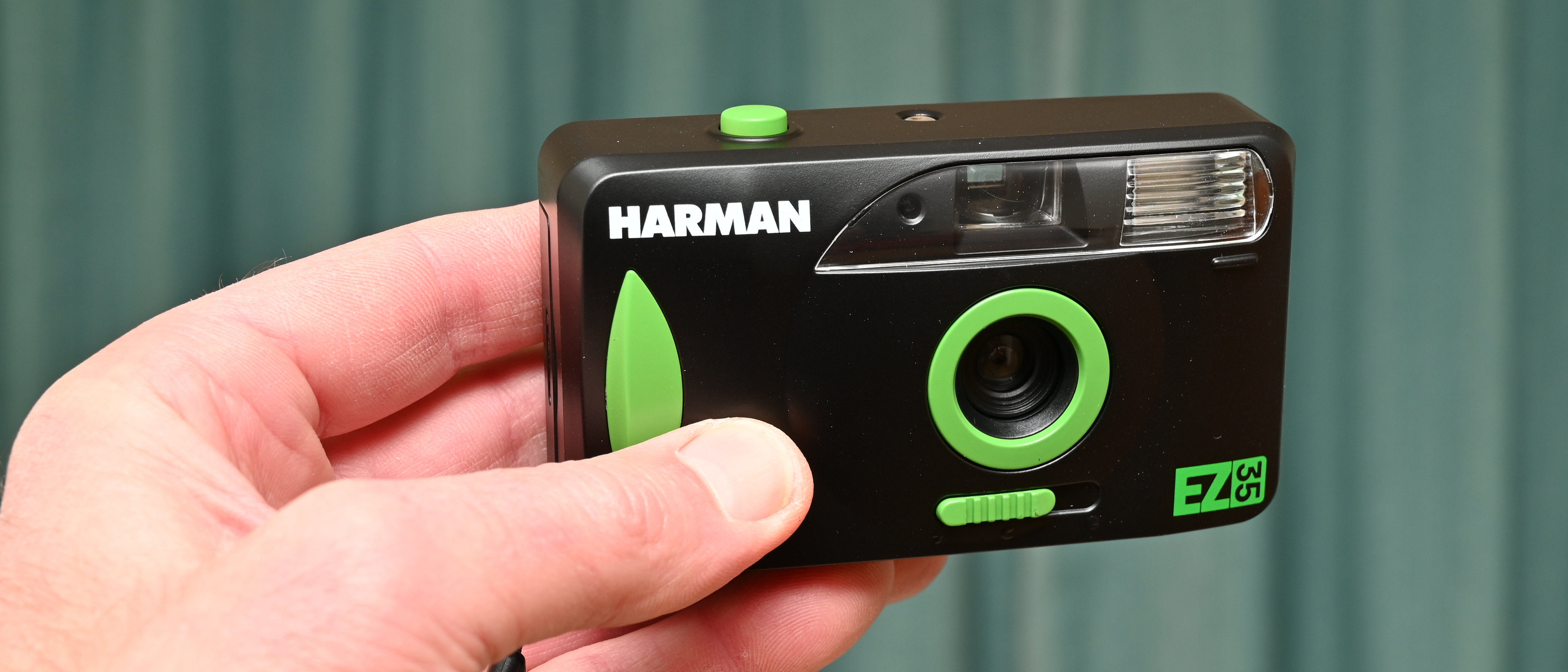Digital Camera World Verdict
I like the styling of the Harman EZ35 Reusable 35mm Film Camera, with its smart black finish with green accents. It’s simple to use and takes manual film advance out of the equation with a motorized auto-winder.
Pros
- +
Easy to use
- +
Motorized film transport
- +
Built-in flash
Cons
- -
No focus or exposure adjustments
- -
Typically slow flash recycling
- -
Can’t be used without a battery
Why you can trust Digital Camera World
Most single-use film cameras look like throwaway items, with good reason, because that’s exactly what they are. Unfortunately, the same goes for most plastic reloadable cameras, but this one looks and feels sturdier than most and has relatively attractive styling. I like that it comes complete with a roll of 36-exposure Ilford HP5 Plus ISO 400 black & white film and an AA battery for powering not only the usual built-in flash, but also a more unusual motorized film winder. Less thumb-twiddling for me! In short, everything’s included for me to venture back into the world of point-and-shoot analog photography.
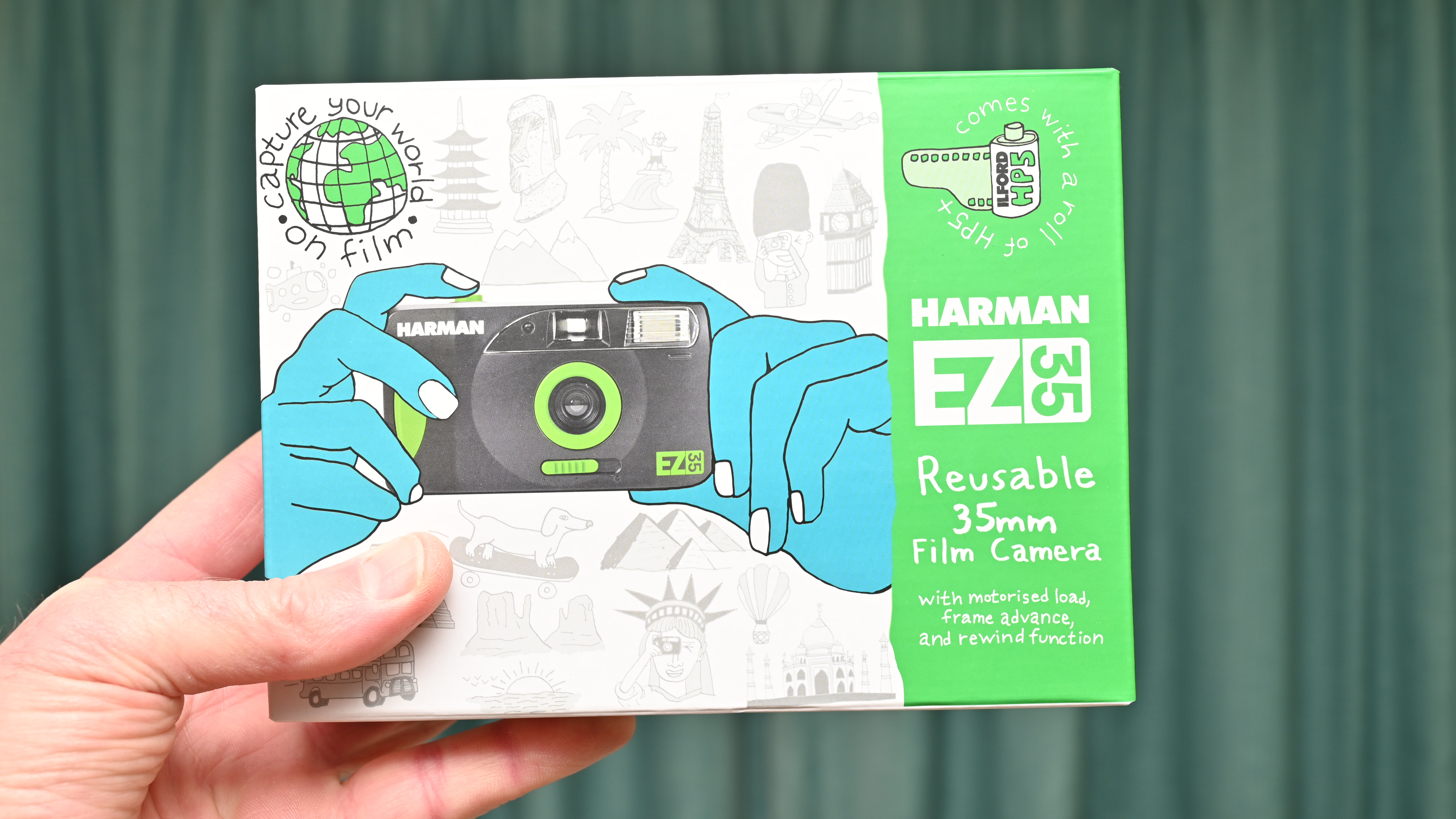
Specifications
| Camera type | 35mm reusable |
| Film type supplied | Ilford HP5 Plus ISO 400 |
| Color / B&W | B&W |
| Film length supplied | 1x 36 exposures |
| Flash | Yes |
| Minimum subject distance | 1m |
| Dimensions (W x H x D): | 110 x 62 x 38 mm |
| Weight (inc film & battery): | 165g |
Price & Availability
Sold by Karman Technology and a variety or photographic and general retailers, the camera is priced at $65/£54. That’s more than I’d normally expect to pay for a plastic reloadable 35mm film camera but, considering that it features an auto-winder and comes complete with a full-length 36-shot roll of high-quality Ilford HP5 Plus black & white film, I feel it’s pretty good value.
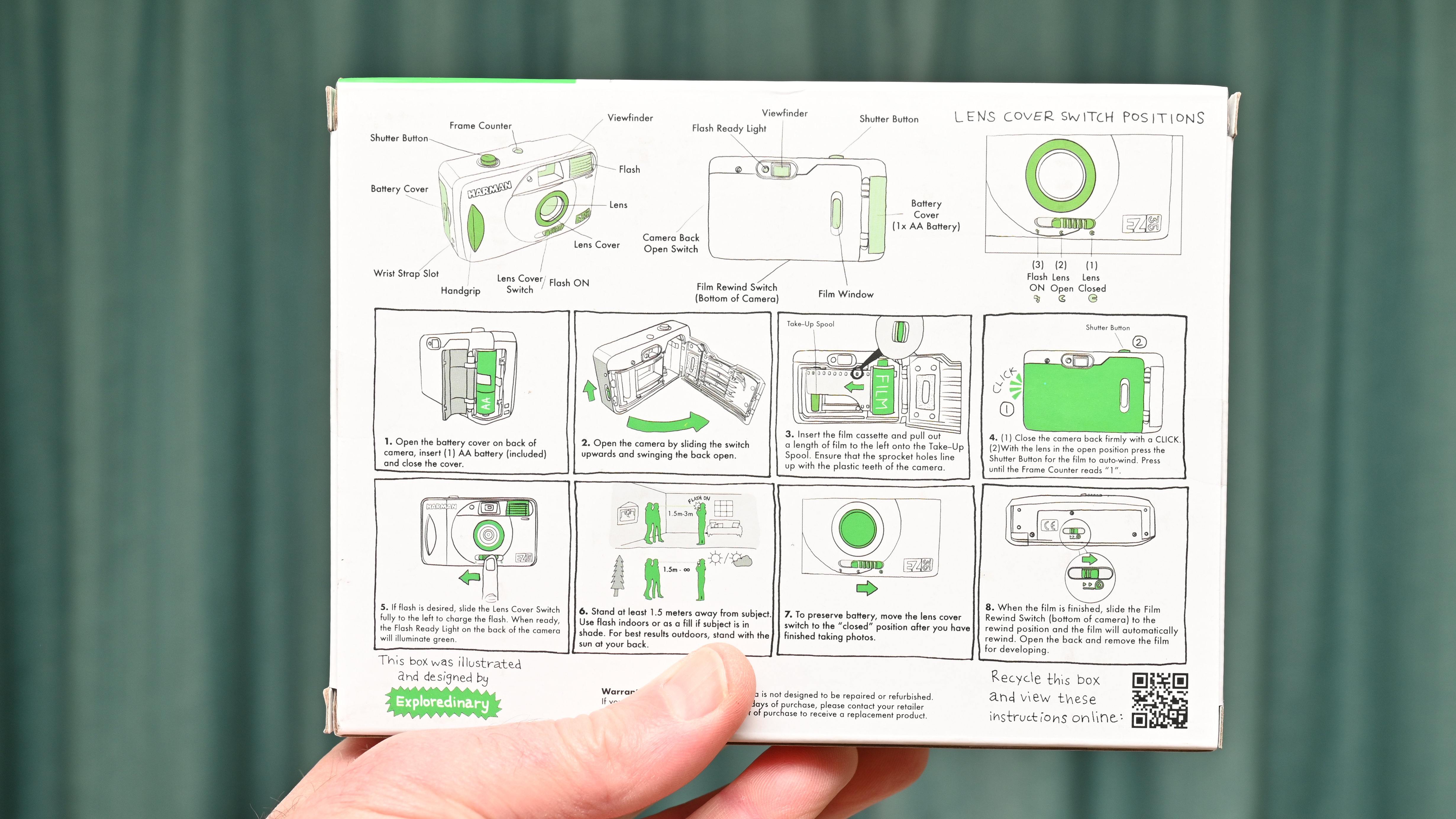
Design & Handling
I’m not a fan of shiny black plastic or stickers that cover most of a cheap camera casing. This Harman camera looks and feels more up-market. It has an attractive matte black finish with green accents and wrist strap, and a clear panel at the front to protect the built-in flash and viewfinder window.
As usual, this plastic film camera is a point-and-shoot affair. It has a fixed-focus lens that aims to deliver sufficient depth of field to distances from 1m to infinity. It has a 31mm focal length with a fixed aperture of f/11. Suffice it to say there are no adjustments for focusing or exposure for different lighting conditions, the shutter speed being locked at 1/100th of a second. That puts the typical demands on the film you’re using, to give enough latitude for correcting picture brightness.
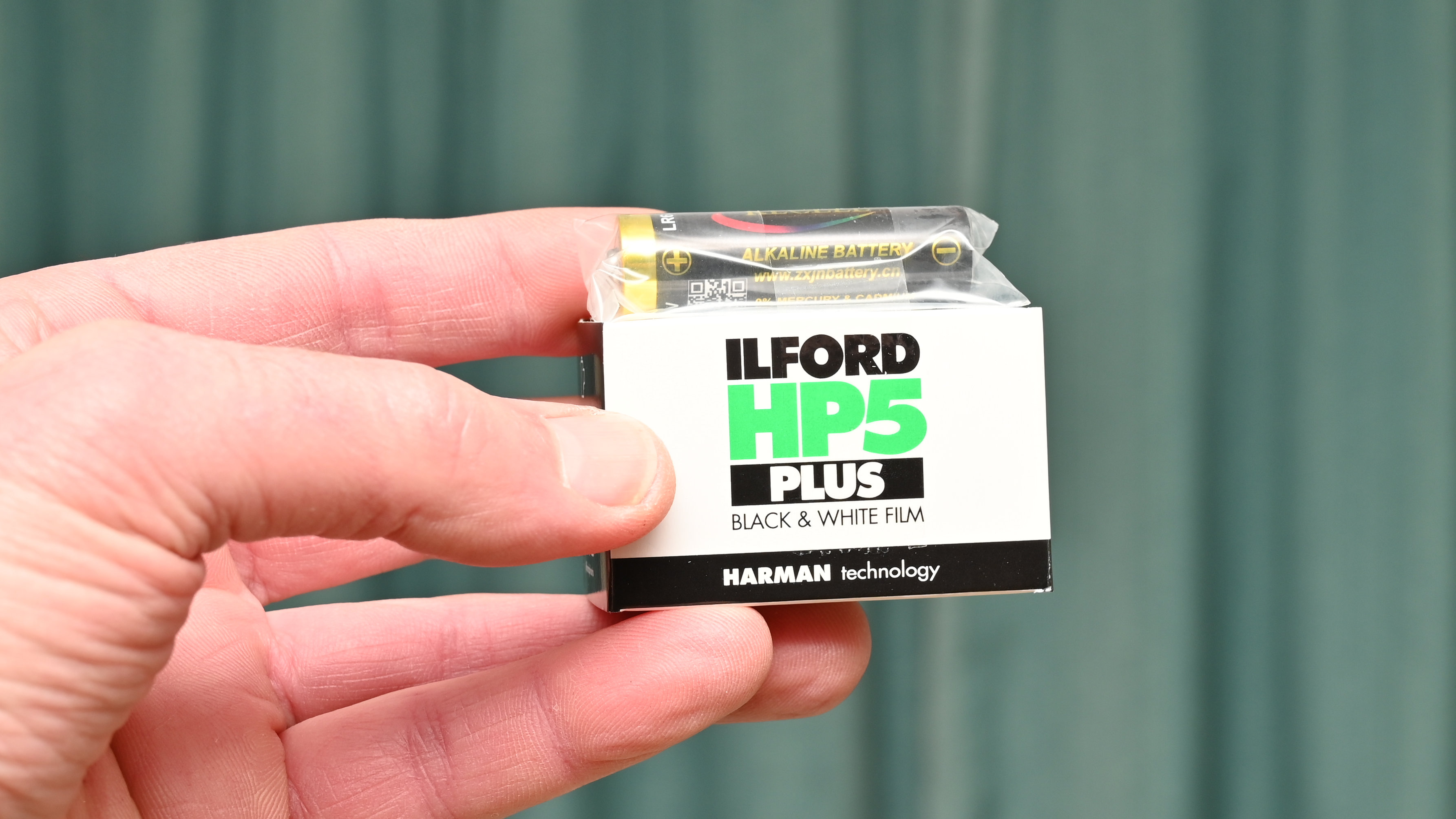
Built-in flash aside, cheap film cameras tend to be purely mechanical affairs with no electronics. This one bucks the trend with a motorized auto-winder. Running on the supplied AA battery, it automates the processes of loading a roll of film, frame advance after each shot, and rewinding the film when you reach the end of the roll. There’s a frame counter built into the top of the camera, so you can keep an eye on progress. A switch on the bottom of the camera enables you to rewind the film at any point, if you just want to crack on and get it processed.
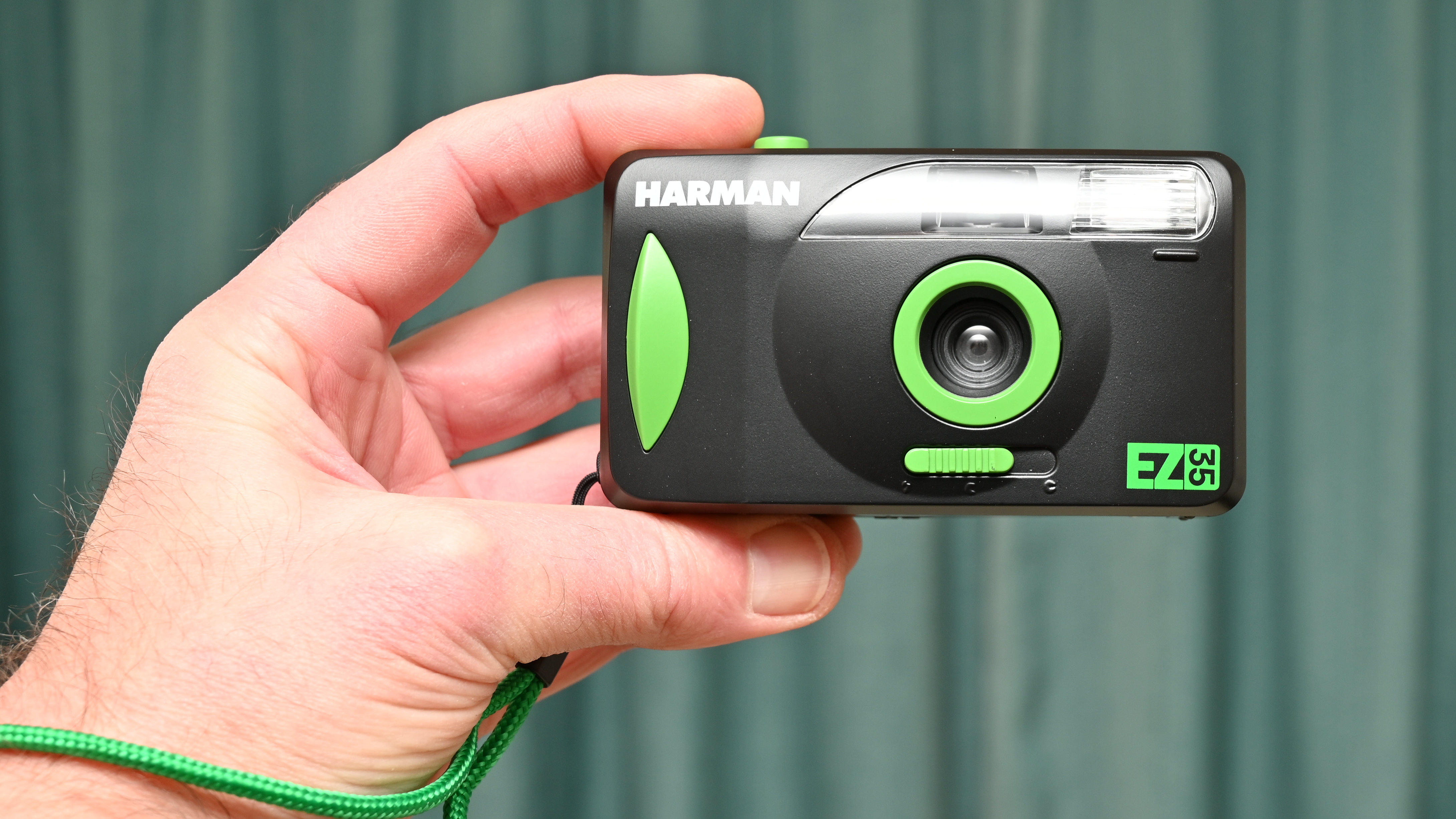
Another unusual feature of the camera is a 3-way switch on the front, just below the lens. In its first position, it basically switches the camera off, engaging a built-in lens cap and locking the shutter button. Next up is the on position, sliding the lens cap to one side and engaging the shutter button and auto-winder. In the third position, the flash is also activated but you have to wait a while, as it has a 15-second charging time and for recycling after each flash.
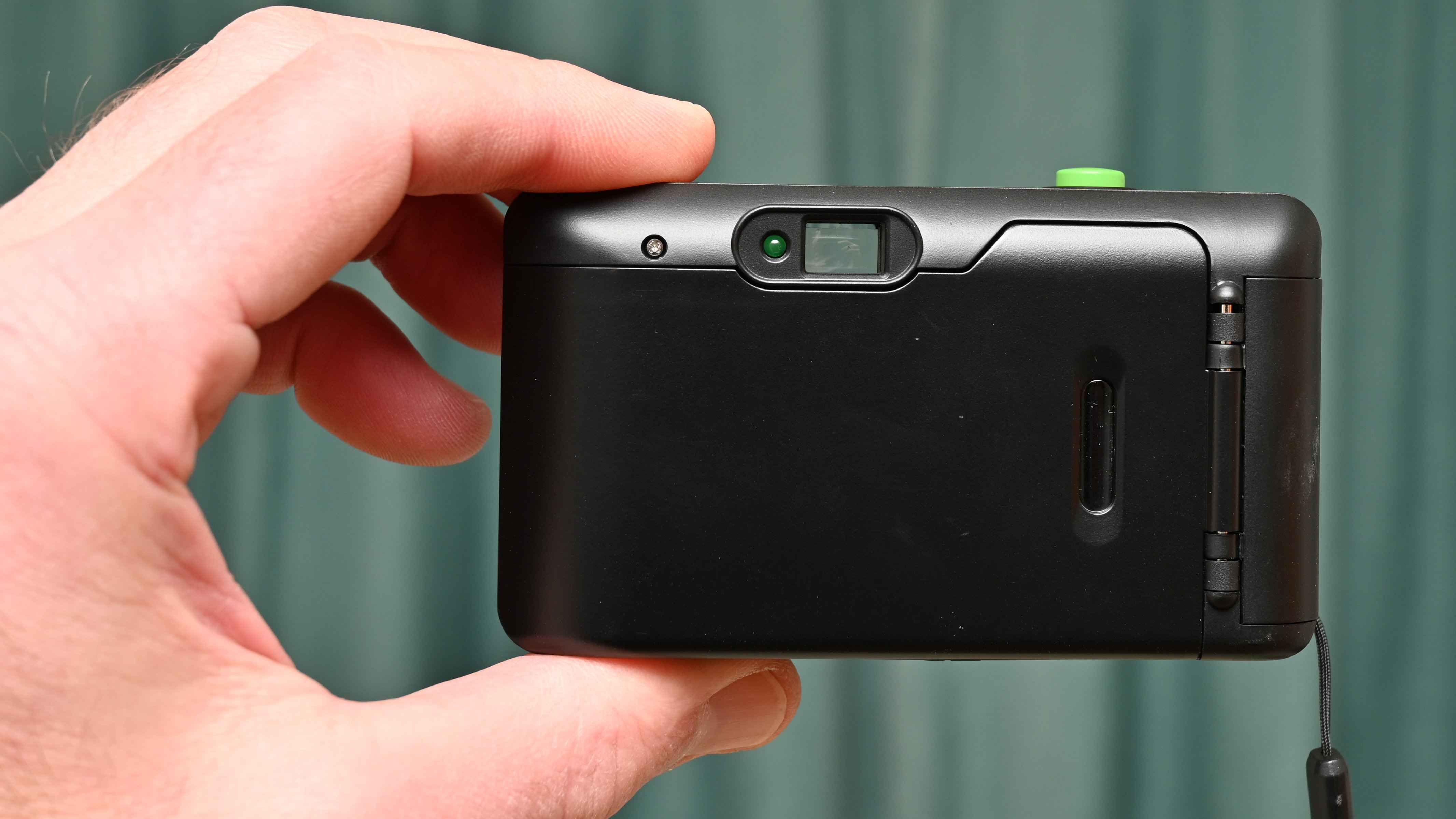
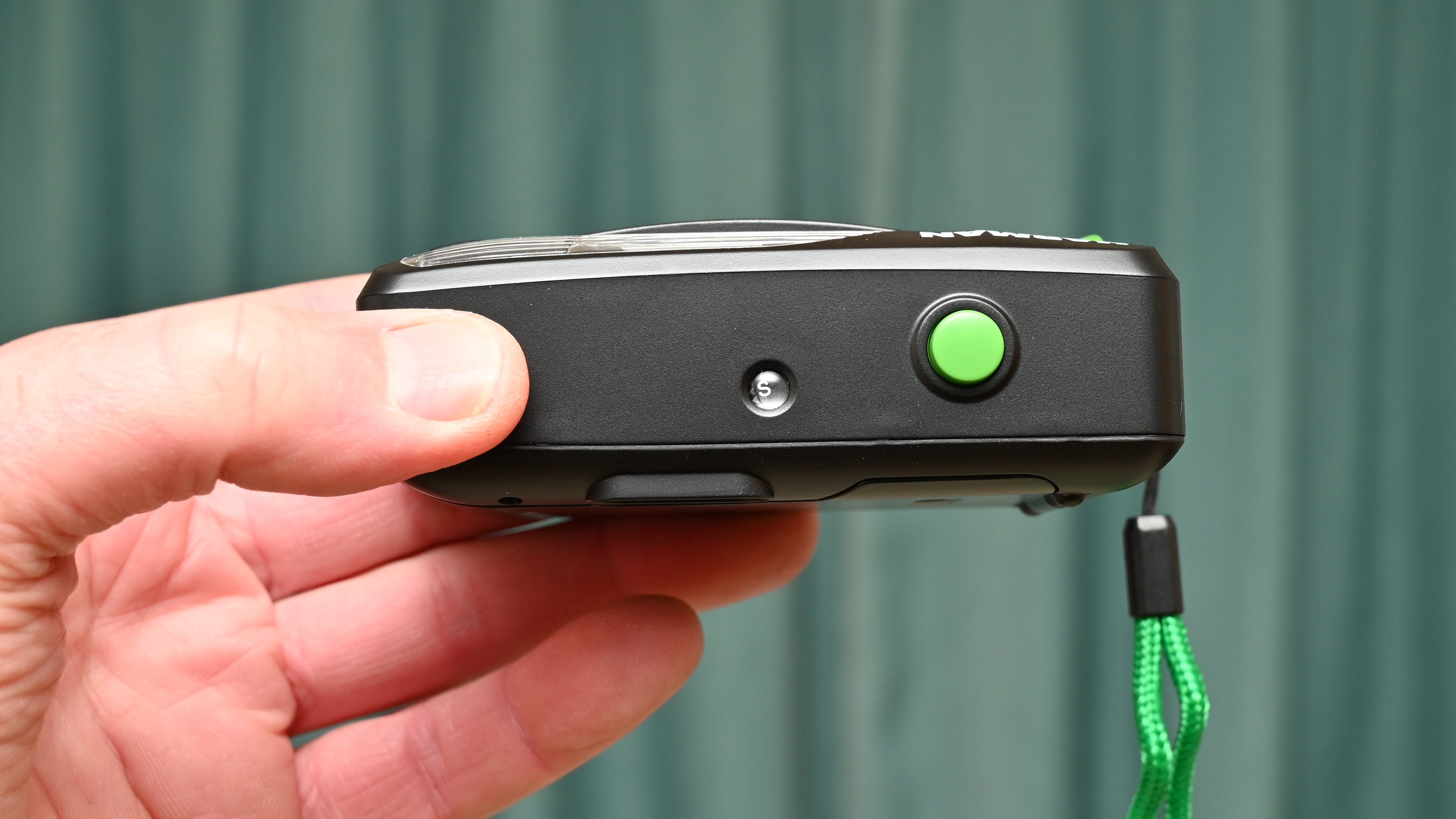
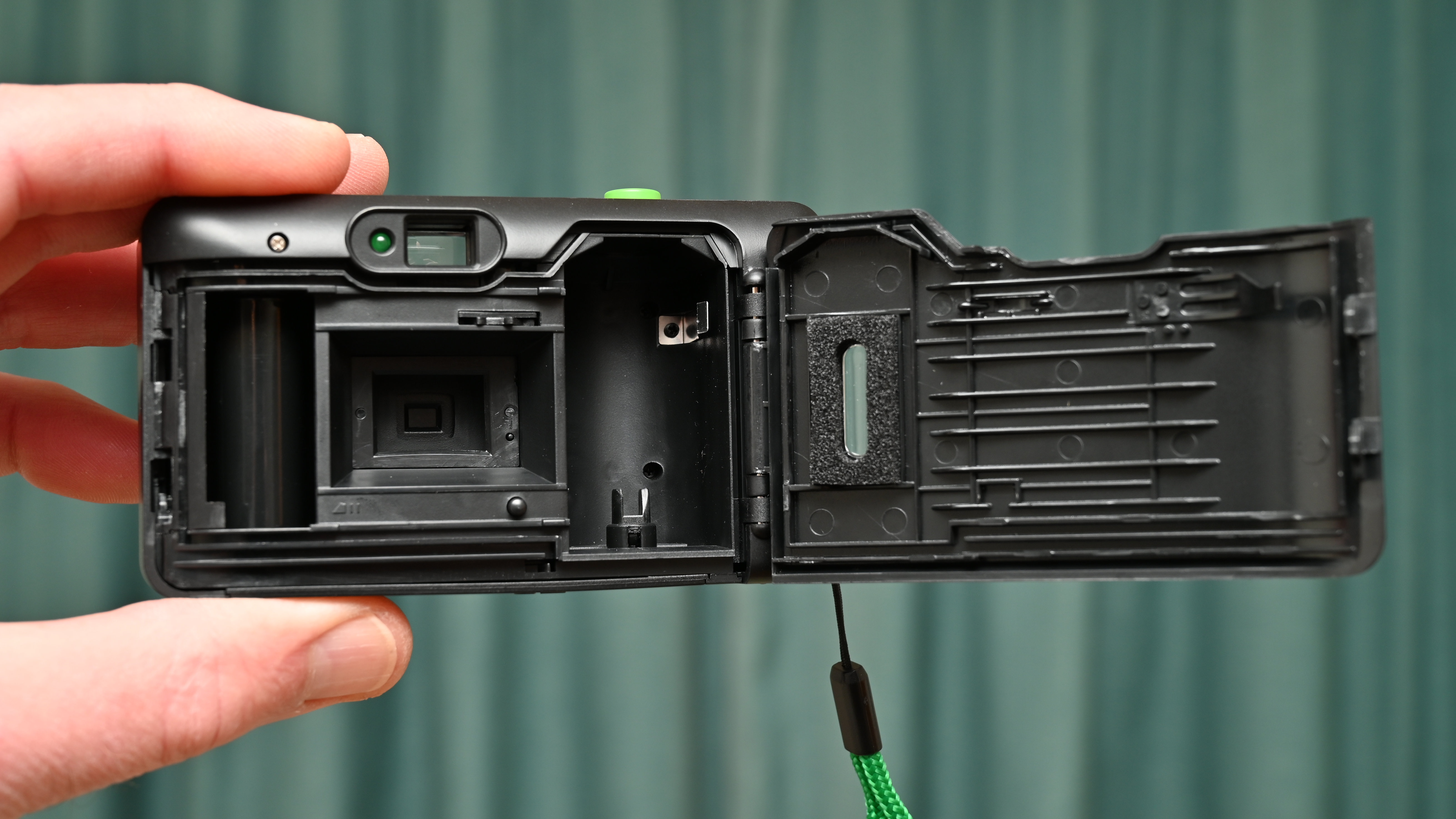
Photo Performance
The Harman EZ35 Reusable 35mm Film Camera comes with the same Ilford HP5 Plus ISO 400 black & white film stock as the Harman Black & White Single Use Camera, except that you get 36 exposures rather than just 27. As with that camera, I took a range of test shots outdoors in wide-ranging lighting conditions, from direct sunlight to deep shade, as well as some indoor shots with and without flash. The film has a wide exposure latitude so, despite the camera having a fixed exposure setting of 1/100th of a second at f/11, I got acceptable results in all of the outdoor conditions that I tried. Indoor shots needed flash, even under fairly bright ambient lighting, which only covers a fairly short range. I like the fine grainy look of the film and the lens in this camera proved a bit sharper than in most disposable and cheap reloadable cameras.
Sample Images
This gallery of sample shots was taken in varying lighting conditions from bright direct sunlight to deep shade, as well as indoors with and without flash.



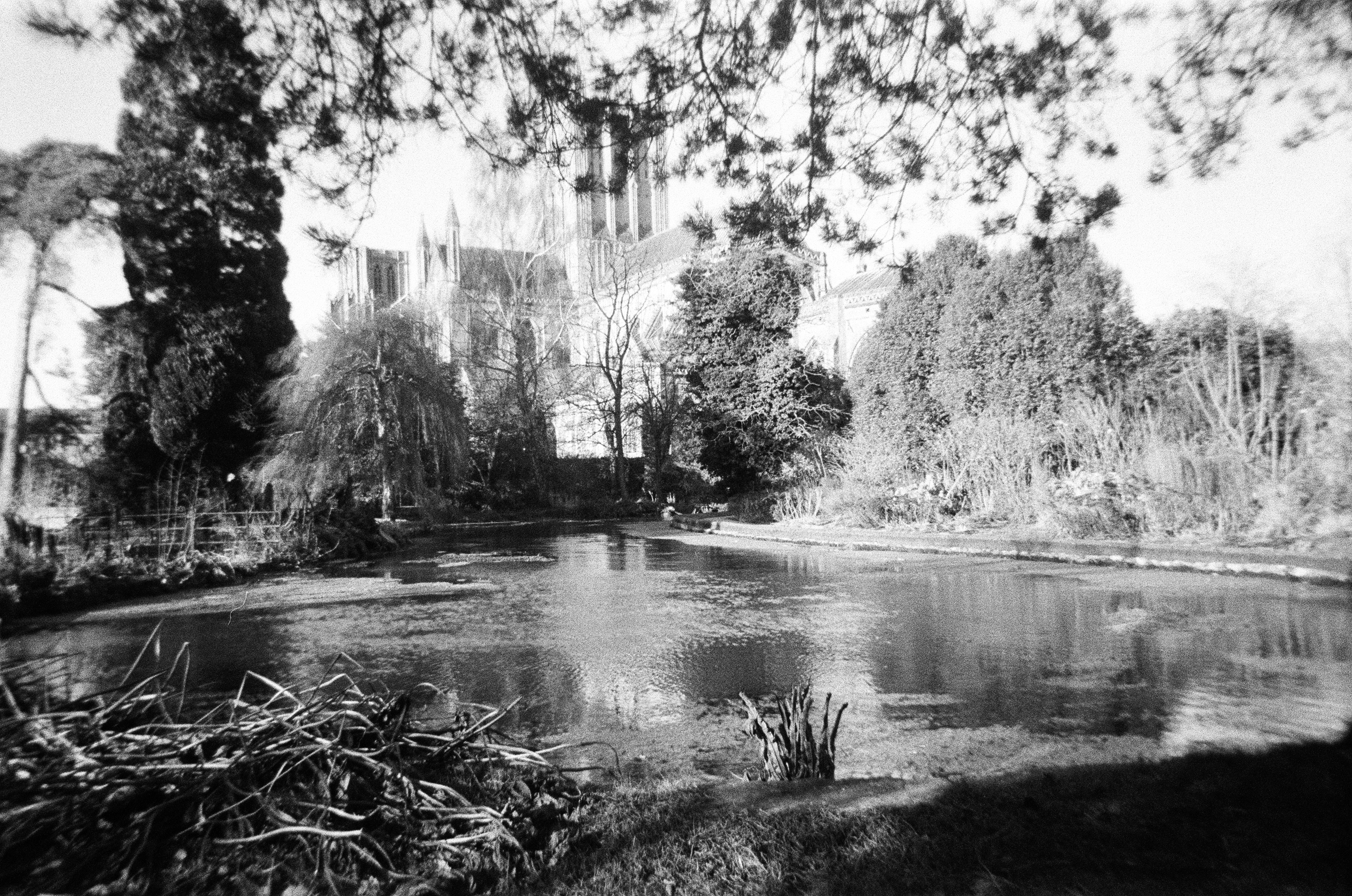
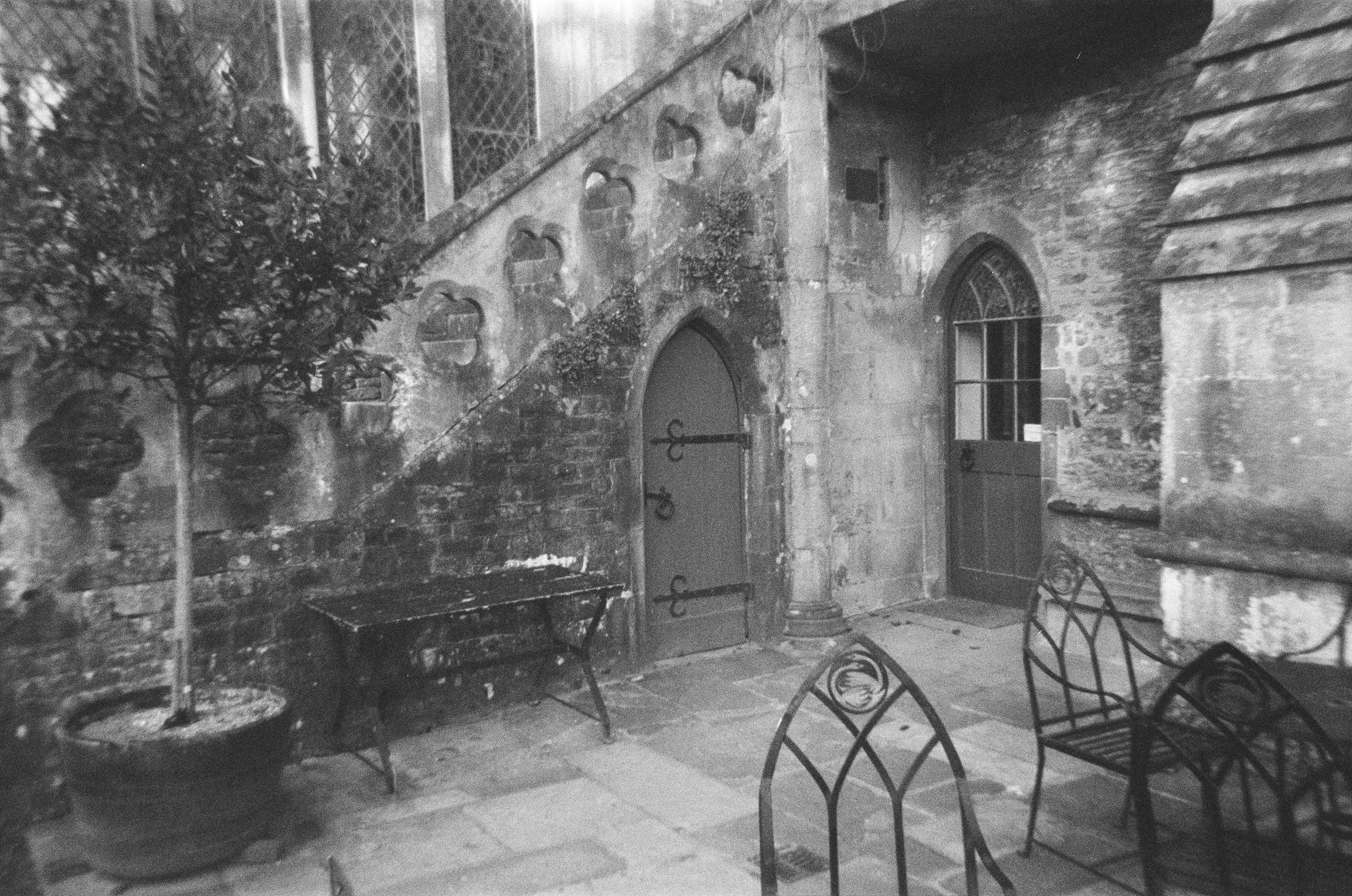
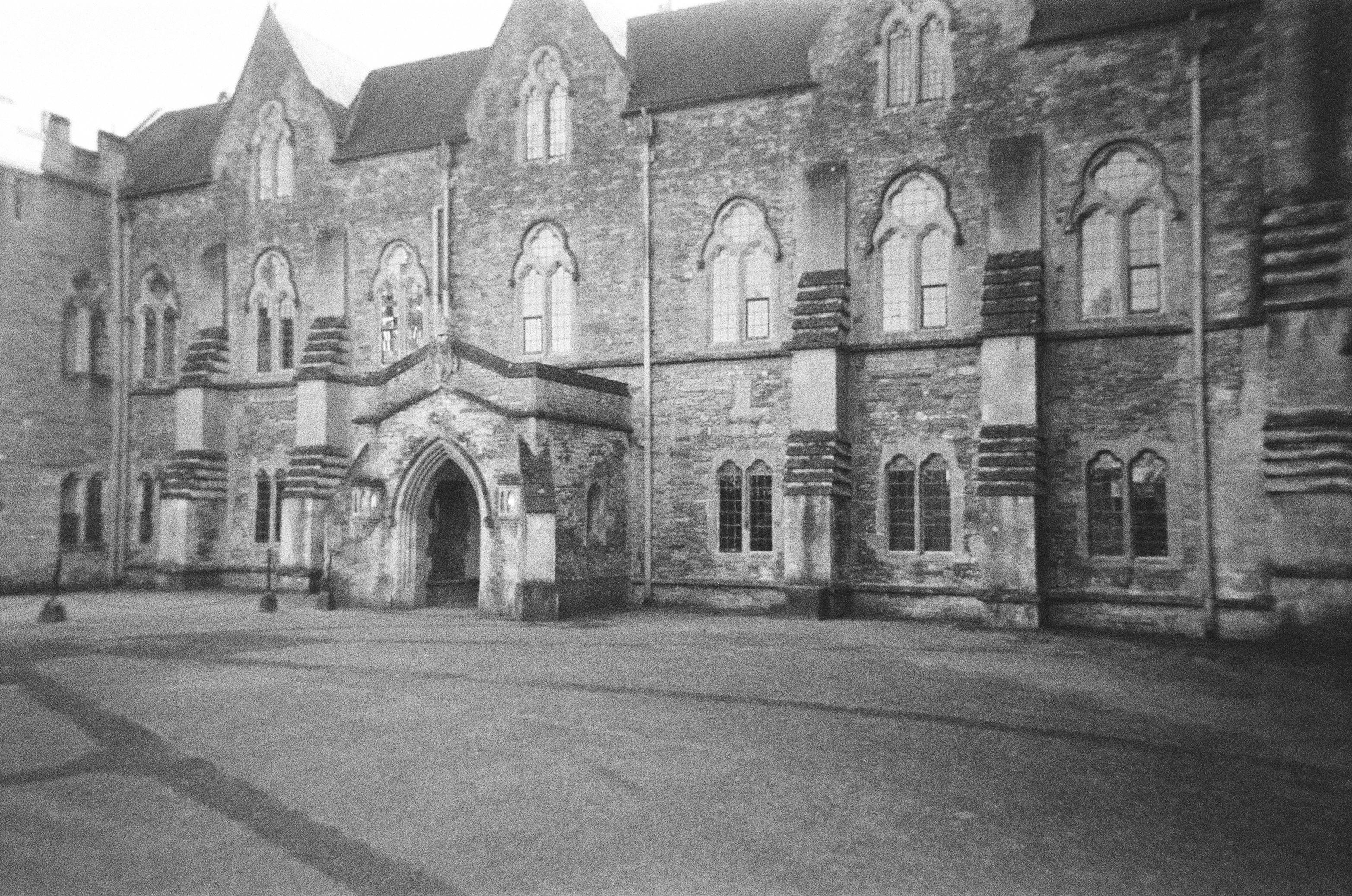
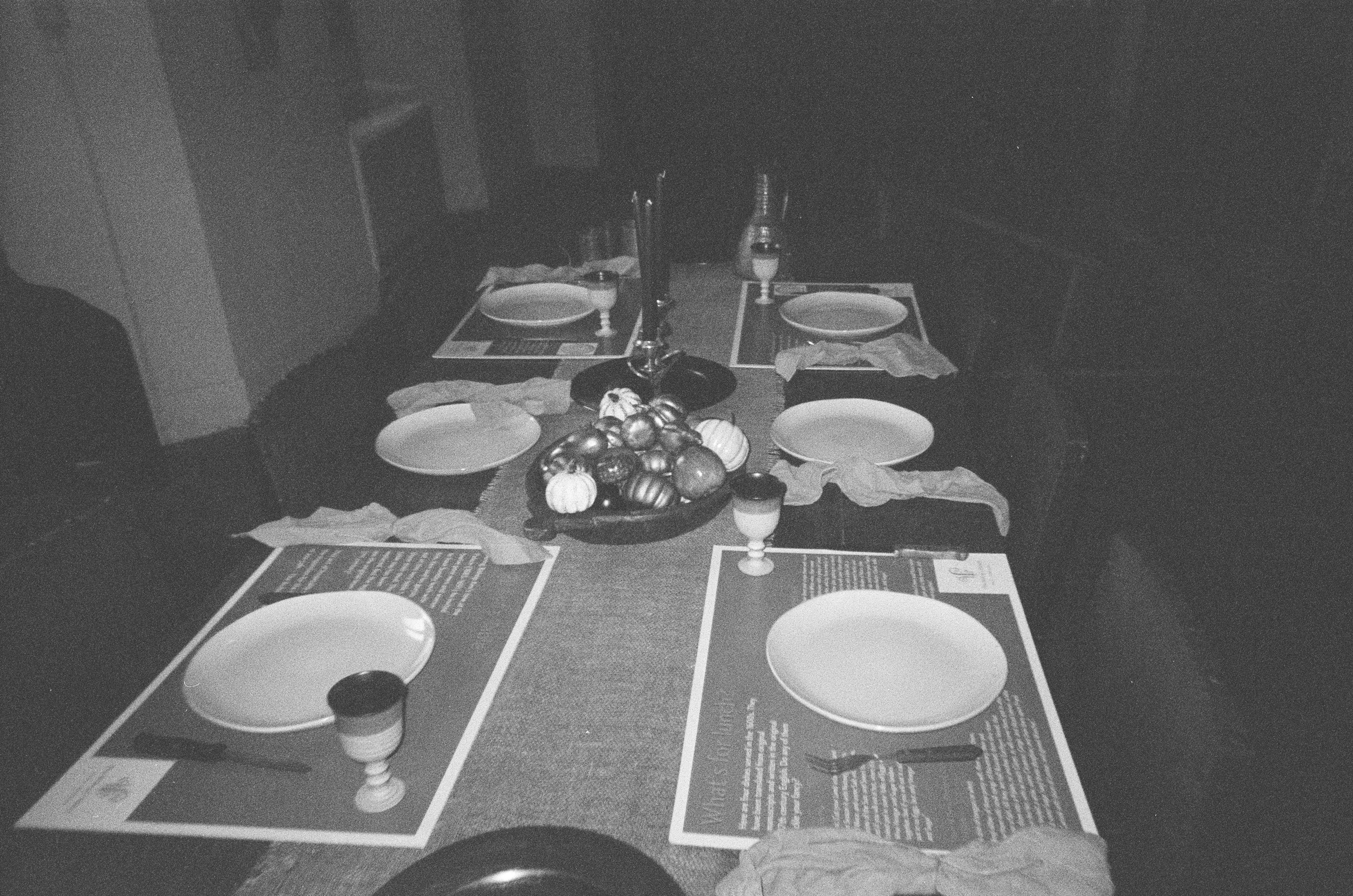
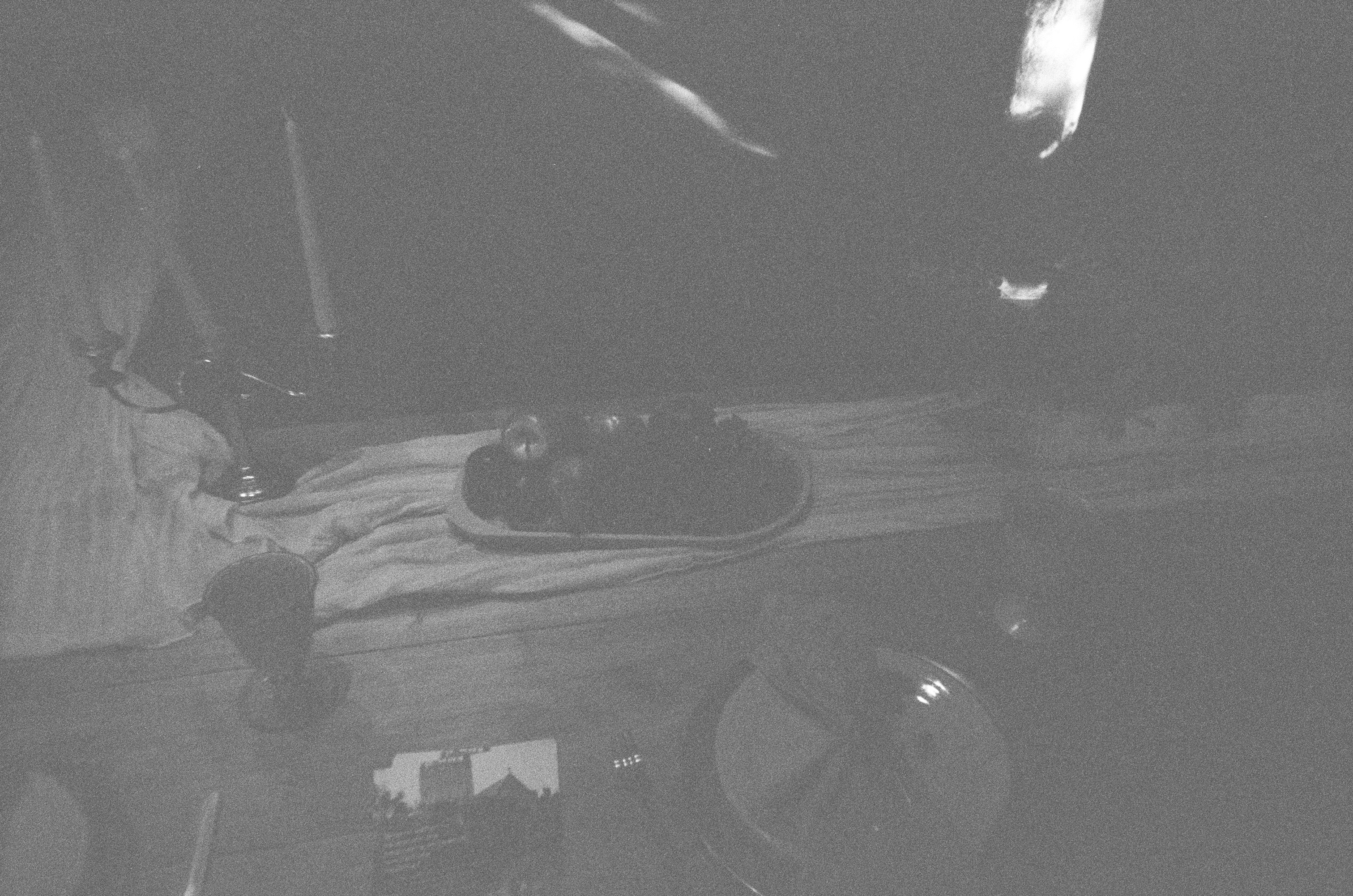
Verdict
The Harman EZ35 Reusable 35mm Film Camera is pricier than most cheap plastic disposable and reloadable film cameras but adds a motorized auto film winder that’s very rare in this type of camera. It’s fun to use but the biggest plus point for me is that the lens is a little sharper than I usually find in plastic film cameras.
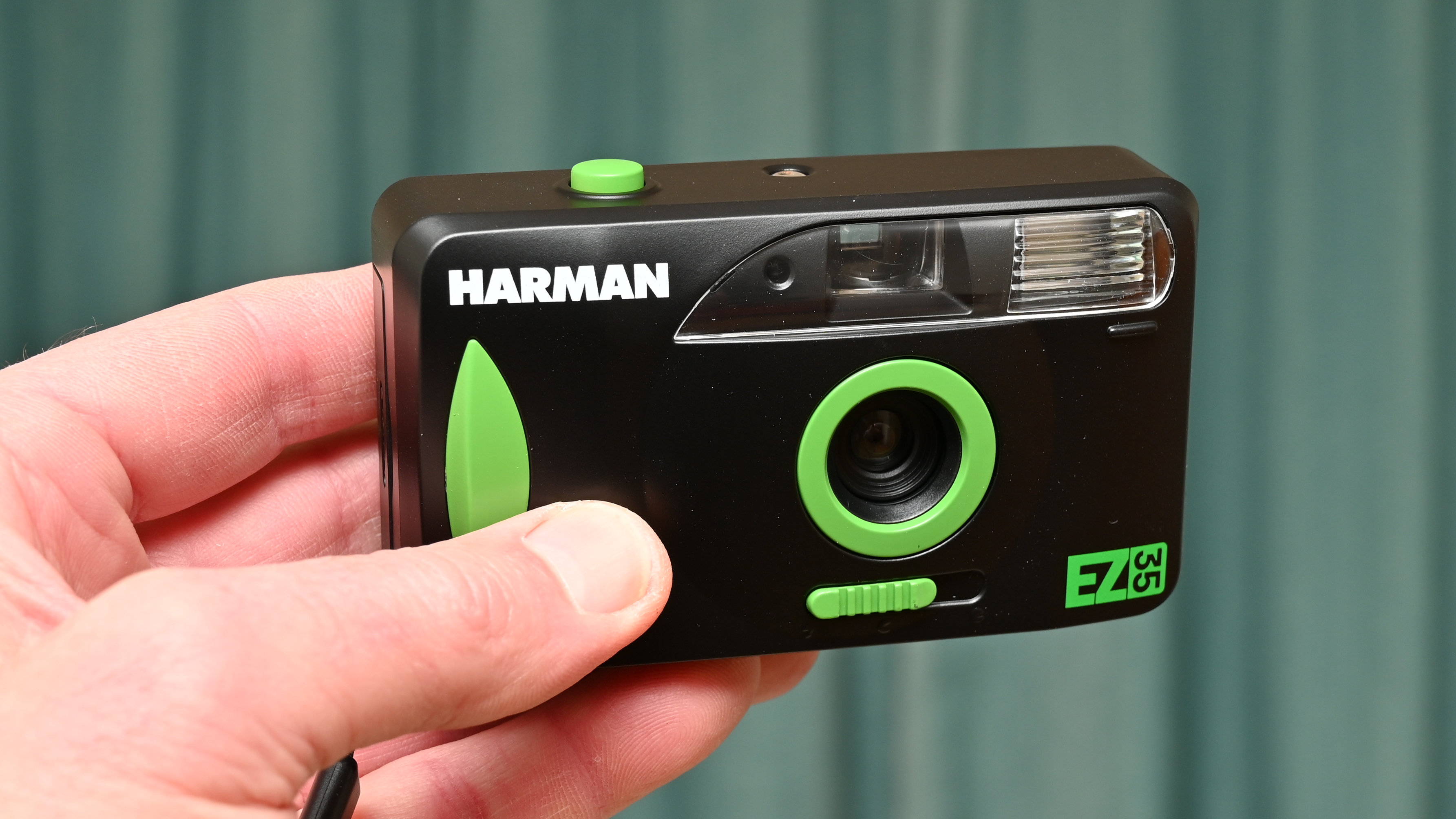
Should you buy the Harman EZ35?
✅ Buy this...
- Good B&W film included
- Motorized film winder
- Reloadable, not single-use
🚫 Don't buy this...
- Can’t be used without battery
- Film winder is a little noisy
- Film isn’t process-paid
Alternatives
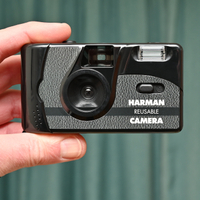
The Harman Reusable 35mm Film Camera can also be reloaded instead of being used just once, and comes complete with two rolls of 36-exposure Kentmere Pan ISO 400 black & white film.
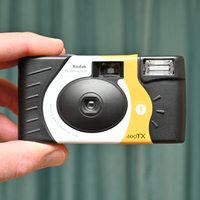
The Kodak Black & White Tri-X 400 Single Use Camera can’t be reloaded but is cheaper to buy and comes pre-loaded with ‘Kodak Professional’ Tri-X black & white film.
Matthew Richards is a photographer and journalist who has spent years using and reviewing all manner of photo gear. He is Digital Camera World's principal lens reviewer – and has tested more primes and zooms than most people have had hot dinners!
His expertise with equipment doesn’t end there, though. He is also an encyclopedia when it comes to all manner of cameras, camera holsters and bags, flashguns, tripods and heads, printers, papers and inks, and just about anything imaging-related.
In an earlier life he was a broadcast engineer at the BBC, as well as a former editor of PC Guide.
